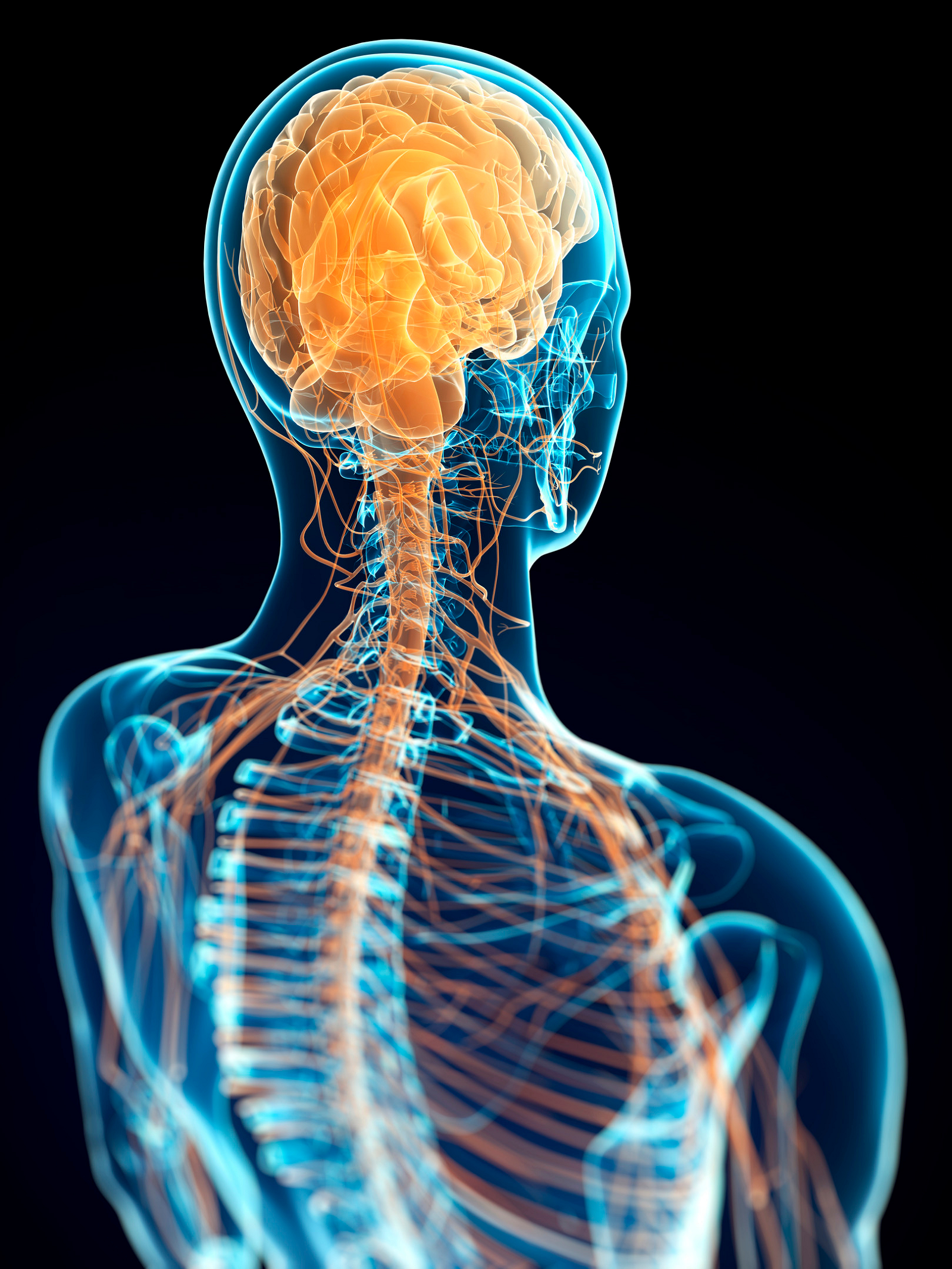The Vagus Nerve and Your Health
Published Wednesday, July 26, 2023

The Vagus Nerve and Your Health
By Prevention and Screening Clinical Services
The vagus nerve, pronounced like the city ‘Vegas’, is the longest cranial nerve in the body. It may be surprising to learn that this nerve can play a role in both physical and mental health.
The body’s nervous system consists of two parts: sympathetic and parasympathetic. The sympathetic nervous system controls the ‘fight or flight’ response. For instance, when the body experiences a stressful or dangerous situation, the ‘fight or flight’ response is activated. Being under stress for long periods can often lead to health problems such as chronic pain, anxiety, mood swings, and gut inflammation. To counterbalance the ‘fight or flight’ response, the parasympathetic nervous system triggers “rest and digest” functions.
The vagus nerve is a key part of the parasympathetic nervous system. It starts at the base of the brain and branches through the chest and abdomen carrying information from the brain to many organs in the body. Due to its role in coordinating breathing, digestion and heart rate, recent attention has been focused on how to keep the vagus nerve toned. Vagal tone refers to how well your vagus nerve is functioning. Increased vagal tone results in a higher capacity to handle stress and an easier time resting and recovering after experiencing a stressful situation. Research published in Frontiers in Psychiatry says that since vagal tone is correlated with the capacity to regulate stress responses and can be influenced by breathing, tone can be increased through activities like meditation and yoga.
Stimulate the vagus nerve and improve vagal tone by trying these four things:
- Focusing on slow deep breathing can calm the mind and distract from any current stressors. It can also help to slow heart rate and reduce anxiety. Breath work is commonly done during yoga, which is known to have many other health benefits.
- This does not mean massaging the vagus nerve, but rather massaging areas near the vagus nerve. Massaging specific parts of the feet or doing ankle circles can stimulate the vagus nerve.
- Cold exposure. A short burst of cold exposure can activate the vagus nerve. A walk outside in the cool air, a cold shower, or using an ice pack on the face or neck should do the trick.
- When it comes to music and the vagus nerve, research is mixed. The vagus nerve is connected to the vocal chords and therefore humming, singing, chanting or gargling, are thought to stimulate the vagus nerve.
Prevention and Screening Clinical Services at Thunder Bay Regional Health Sciences Centre hosted a virtual Healthy Get-Together on the topic of vagal yoga. Erin May guided the audience through a 30-minute session that included breathing, eye movements and massage to stimulate the vagus nerve.
The Healthy Get-Together provides information about chronic disease prevention strategies and healthy living in a fun and engaging way. These sessions are held bi-monthly and feature guest speakers from our Hospital staff or community experts. To view the recorded vagal yoga session or past Healthy Get-Together sessions, visit www.tbrhsc.net/healthy-get-together-links.